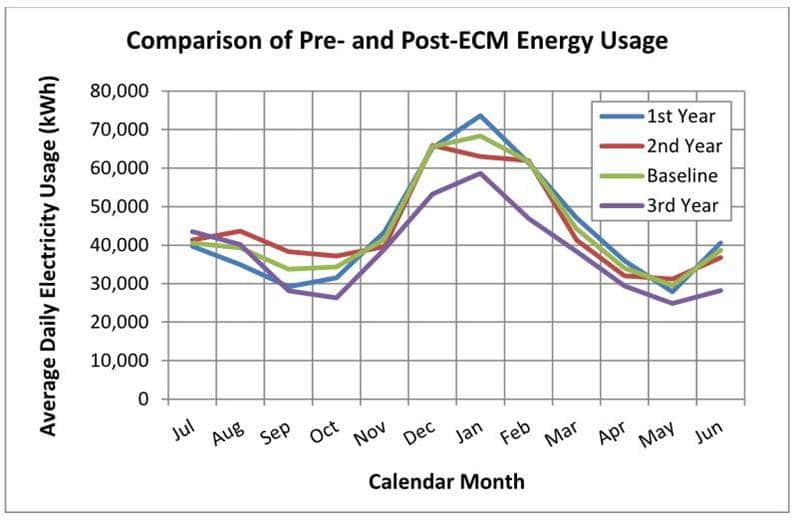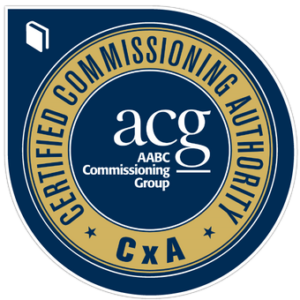Building energy auditing
According to the U.S. Department of Energy, residential and commercial buildings in this country account for approximately 40% of primary energy use and 70% of electricity use. Buildings use more energy than any other major sector, including the industrial or transportation sectors. Therefore, expanding and improving energy efficiency in existing buildings represents one of the most cost-effective ways to reduce energy use in the United States.
Neudorfer Engineers’ energy management professionals (EMP) are experienced and trained in identifying and understanding where, why, and how energy is used in a facility. NEI personnel utilize that information to measure, manage, and minimize energy consumption while meeting performance standards.


EMPs utilize the processes detailed within the EMA Energy Management Guideline, working closely with clients and other members of project teams to develop the following strategies to achieve energy-related goals, improve energy efficiency, and optimize building performance:
- Develop construction parameters from design documents as inputs into a building energy model.
- Create a code-standard building model in E-Quest according to current state and local energy code requirements.
- Review the last 3 years of utility use, including electrical, natural gas, water, & community steam, as applicable.
- Compare 3-year average historical utility use to the building energy model prediction.
- Create a historical building model in E-Quest according to the 3-year average historical utility use.
- Make site surveys and develop energy conservation measures (
ECMs ). - For each ECM, run a respective historical model, incorporating the features of that ECM. Compare each ECM model prediction to the 3-year average historical utility use. Calculate the energy savings for each ECM.
- Estimate the cost of implementation of the ECMs.
- Create payback calculations to estimate the amount of time required to recover the implementation costs for each ECM.
- Collate the above information into a final report.



